Systems & Synthetic Biology

Objective
To understand, design, and engineer complex biological systems for biomedical applications.
Technologies
- Genome editing of existing genes or creation of novel genetic circuits.
- High-throughput screening of genetic constructs or therapeutics.
- Microfluidics and automation ofexperimental procedures.
- Computational modeling of multiscale biological system behavior from cells to organisms.
Applications
- Therapeutic design of Engineered cells, targeted therapies, and gene therapies.
- Biosensors and diagnostic development to detect diseases with high sensitivity.
- Personalized medicine based on an individual’s genetic makeup and disease state.
- Drug discovery models to screen for novel drug candidates or to understand drug mechanisms of action.
- Synthetic biology-based tissue engineering: Creating artificial tissues or organs for transplantation or regenerative medicine.
Courses Offered
- BIOMEDE 487 AI in BME
The Healing Power of Big Data
The University of Michigan Health system serves 2.1 million patients a year, generating a tremendous amount of data that can reveal hidden trends and health patterns. With the university’s computational resources, we can model tissue structure and function from the molecular to the whole-organ scale to better understand things like the flow of ions in cells, blood in arteries, and air in the lungs.
Michigan’s Advanced Research Computing — Technology Services external link provides U-M researchers with advanced computing resources, including:
- A shared computing cluster, Flux, with more than 16,000 cores
- A Hadoop cluster for data-science research
- Cloud computing services
- Regional and national high performance computing and network resources
Core BME Faculty
-
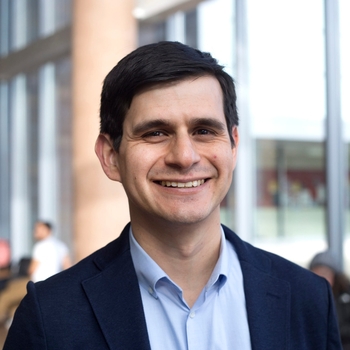
Carlos Aguilar, Ph.D.
-

Kelly Arnold, Ph.D.
-

Sriram Chandrasekaran, Ph.D.
-

Anne Draelos, Ph.D.
-

C. Alberto Figueroa, Ph.D.
-

James Grotberg, Ph.D., M.D.
-

Paul Jensen, Ph.D.
-

Scott Lempka, Ph.D.
-

Zhongming Liu, Ph.D.
-

Aaron Morris, Ph.D.
-

Mary-Ann Mycek, Ph.D.
-
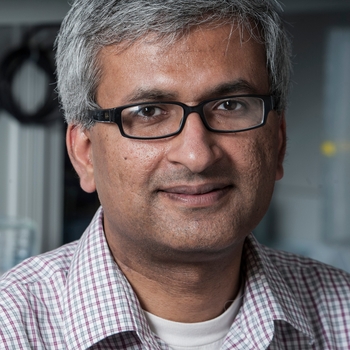
Deepak Nagrath, Ph.D.
-

David Nordsletten, DPhil
-
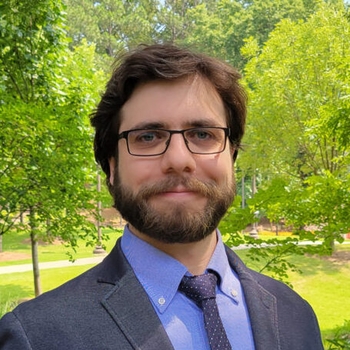
Enrico Opri, Ph.D.
-

Alexandra S. Piotrowski-Daspit, Ph.D.
-

David Sept, Ph.D.
-
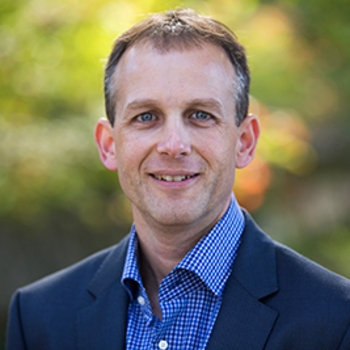
Lonnie Shea, Ph.D.
-
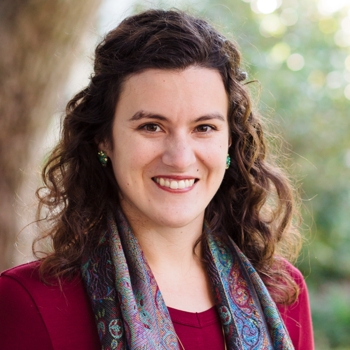
Alison Vander Roest, Ph.D.
-

Kevin C. Zhou, Ph.D.